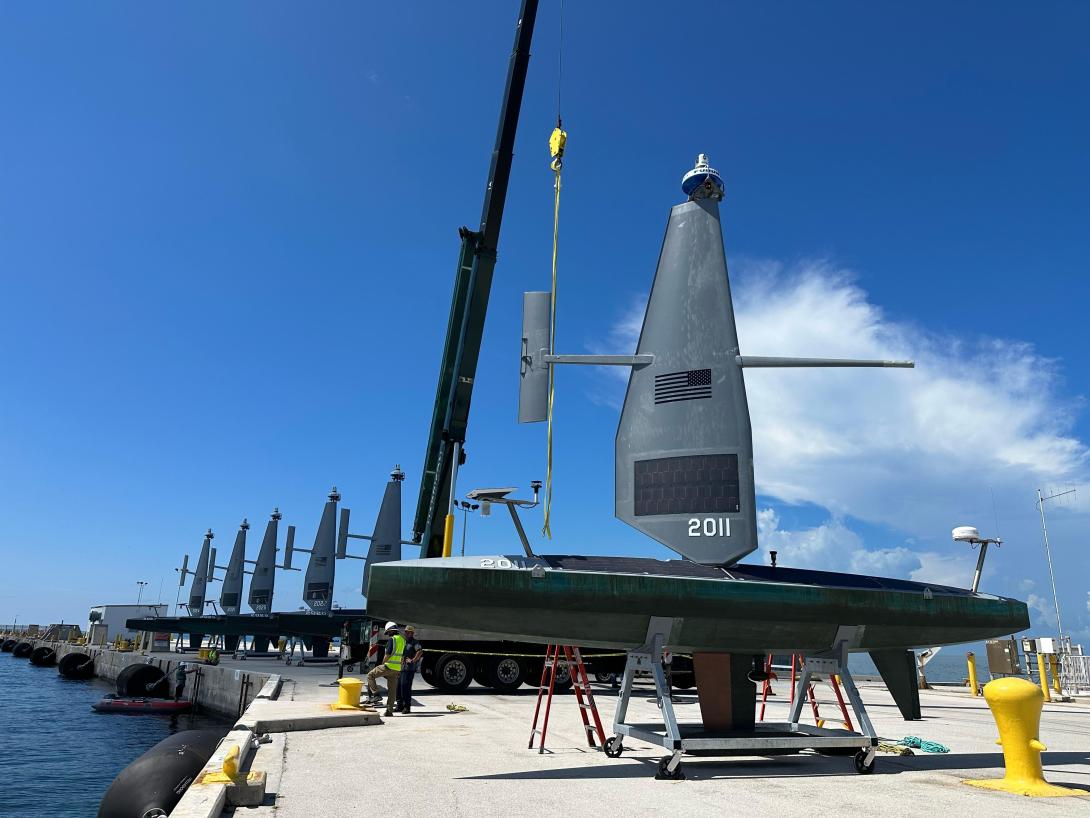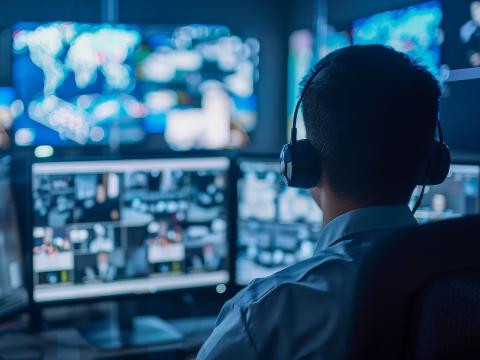Unmanned Vessels: High-Tech Powered, Low-Tech Limits
In a strategic move aimed at bolstering maritime surveillance capabilities, the U.S. Navy is intensifying its deployment of unmanned surface vessels throughout Central and South America, marking a pivotal step in the evolution of naval operations.
“We're just in the early stages of deploying unmanned vessels in throughout Central and South America,” said Carlos Del Toro, secretary of the Navy.
Unmanned surface vehicle use in the Americas follows work in other areas.
The U.S. Navy has employed surface drones to gain domain space awareness in the Middle East. Task Force 59 was established in September 2021 and is based in Bahrain. Since then, it has accumulated data and operational experience with these devices. Other services have employed these tools for their specific missions and the devices have been introduced for surveillance in the area of responsibility of Southern Command.
Later, testing expanded to other parts of the world, including the Indo-Pacific.
“For the last two years, we've collected nearly 10,000 hours of autonomy data on our prototype vessels, traveled over 100,000 nautical miles steered by autonomous control,” said Capt. Scot Searles, program manager, Unmanned Maritime Systems program office. The vehicles Capt. Searles described had crews supervising activities, and interrupting actions in case something was out of the ordinary.
During a specific exercise the vessels were disabled 13 times and that translated to about once every eight full days of autonomy, according to the captain.
Rough seas proved to be a concern for supervisors, together with other systems. Processing final data from different human interventions and trying to determine which were appropriate and which could have been avoided, Capt. Searles concluded that some devices were completely autonomous for 17 days. This was considered a performance success and above expectations.

Eventually, we want to be able to stem the flow of illegal drugs, particularly cocaine.
As the Navy attempts to employ these machines to multiply its capabilities and numbers, actual devices in operation in the Western Hemisphere have also offered promising results, though there is still a long way to go.
Surface surveillance vessels are more effective in areas where there are maritime transit choke points and few areas in the continent have these characteristics. The Florida Strait and other parts of the Caribbean have shown potential.
“Monitoring the straits is sort of step one, but eventually, we want to be able to stem the flow of illegal drugs, particularly cocaine, which is what comes to the southern coast of the United States in the Eastern seaboard. We would also like to use this data to try to determine the illegal flow of arms out of eastern states and then eventually to deploy it elsewhere throughout Central and South America,” Del Toro told journalists.
As the Navy gains experience using these platforms, use is expected to expand geographically as well as into different mission types.





Comments